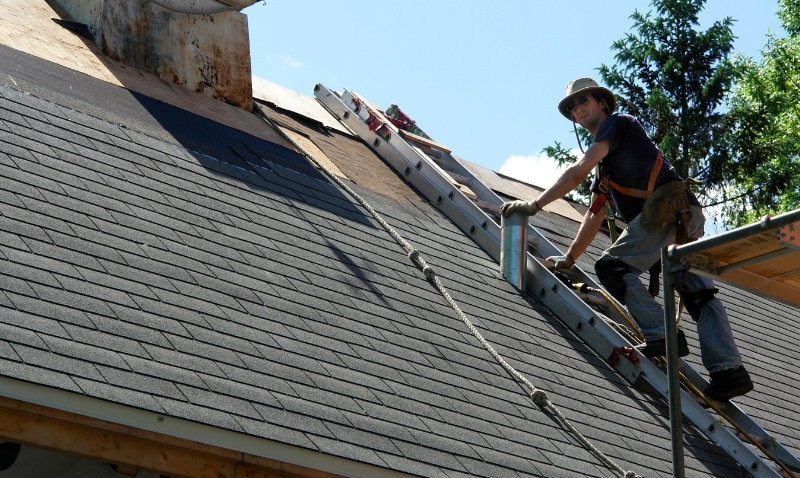
What Are The Types Of Roofs?
The coverage of a property is one of the most important points of the building. It is responsible for protecting indoor environments against the weather, allowing greater comfort and safety for its users.
Thus, when planning a renovation or construction of a roof, it is necessary to understand that this detail directly influences the entire architectural concept. Therefore, it is essential to know the main existing models, and use the services of a professional like guardian home roofing company amongst others when buying.
Conventional Roof
The conventional roof is the most popular model and can be seen in almost every home in the city. This type may contain some variations in the number of waters (the slopes necessary for the rain liquid to drain out of the cover).
As a result, its structure may require some expenses with essential materials to support the weight of the tiles, ensuring protection and safety for users of the building. On the roofs of water, the roof consists of a single trim. This option is the most economical to be built since its structure requires only the support of the existing wall in the property.
The two-water model is more suitable for buildings with more than 40 m² and needs to drain on both sides. This roof is divided by a central line known as a ridge, which serves precisely to join the tiles and perform the division of the waters.
The roofs of three or more waters are more suitable for larger properties or differentiated projects. When viewed from above, its shape generates a charming shape and is one of the most beautiful conventional roofing models.
Recessed Roof
The built-in model is a type of modern roof. Here, the tiles are hidden because of the stands, which are responsible for finishing the building. This allows a differentiated and charming look for the properties, giving a sophisticated air to your facade.
Although the waters are essential characteristics that directly impact the design of conventional roofs, they are also present in the built-in type. The number depends a lot on the project, and its structure can be either wood or metal.
This roof model is ideal for projects with the most limited budget but still aims for incredible results. They make it possible to reduce expenses since it does not require a structure as robust as the conventional one. Also, the built-in roof uses tiles and other lighter materials, avoiding the overweight of the roof.
This positively impacts the project in the long term since excess weight demands constant maintenance of the roof to avoid problems with infiltrations and leaks in the internal environments.
Green Roof
The concept of sustainable roofing is gaining more and more prominence in architectural projects. In this way, green roofs show that it is possible to combine aesthetics with nature and still benefit buildings with considerable advantages.
This type of cover is just a layer of low garden or lawn planted directly on the top of the house. With this, it is possible to bring aspects of nature directly to your property.
Its installation must be well planned since, depending on the structure of your roof, it may be necessary to make some adaptations so that your roof supports this alternative. For example, it is necessary to remove all the tiles in the renovation and put plywood to start the whole process. Theis can be done by https://www.guardianhome.com/seattle-roofing/
Among the many benefits of this type of roof, we can mention:
- greater thermal comfort in indoor environments
- excellent sound insulation
- relaxing and pleasant environment to contemplate nature
- the capture of rainwater
- reduction of the heat island effect on the property’s premises
- reduction of expenses with electricity
Thus, it is possible to affirm that installing a green roof is a great sustainable alternative for any property, guaranteeing a superior quality of life for all residents.
